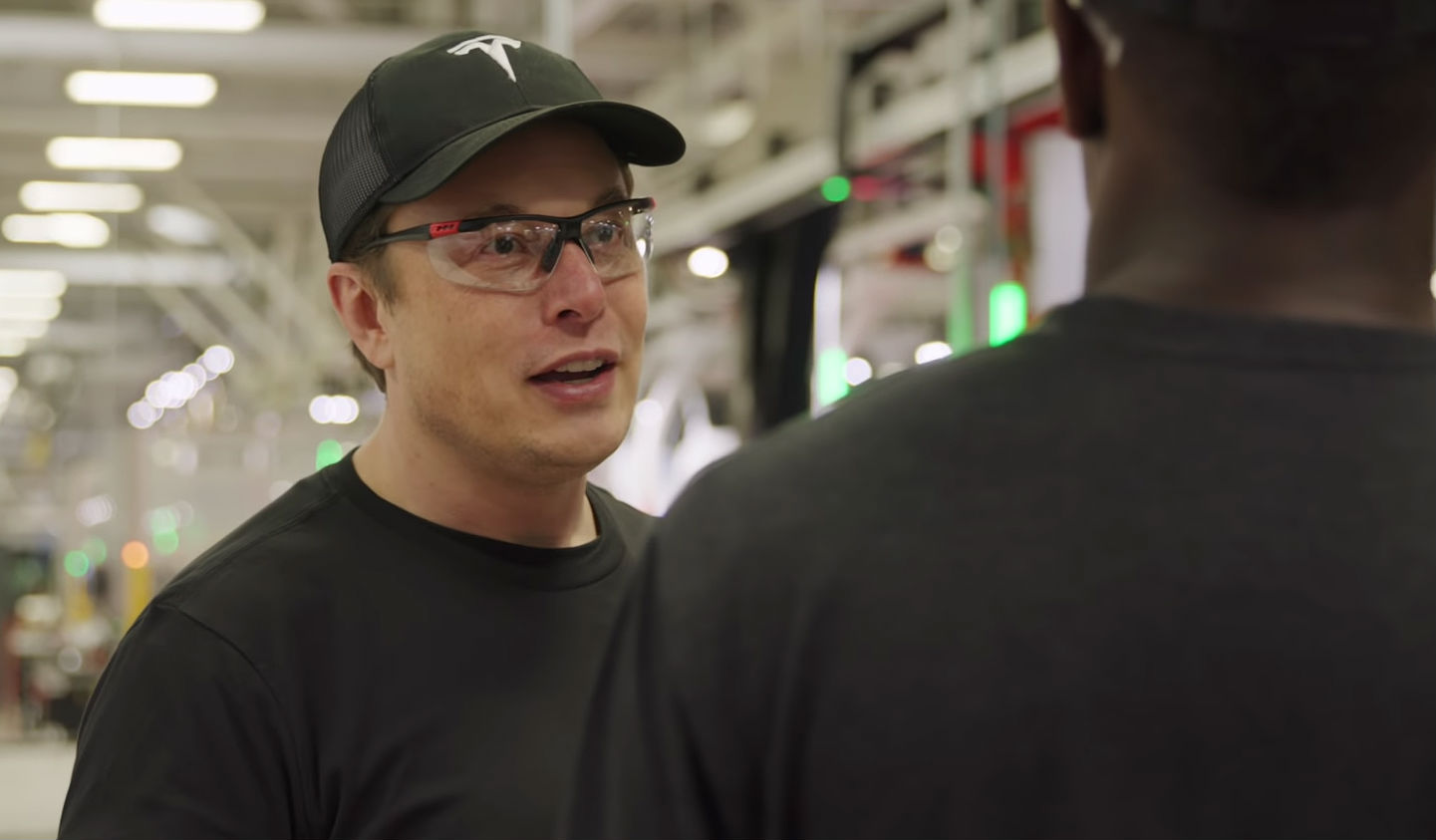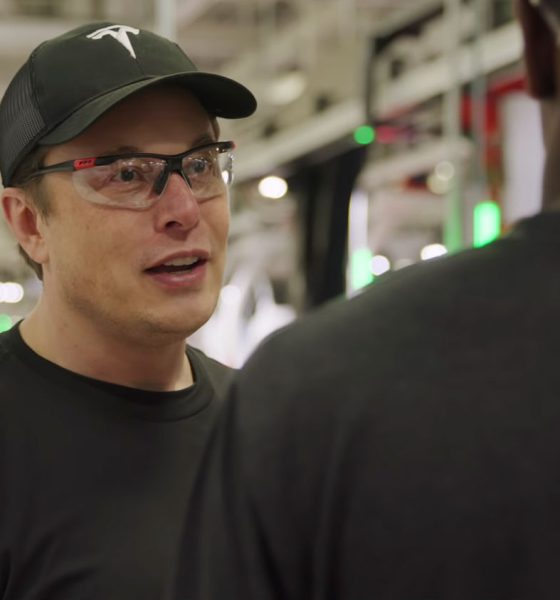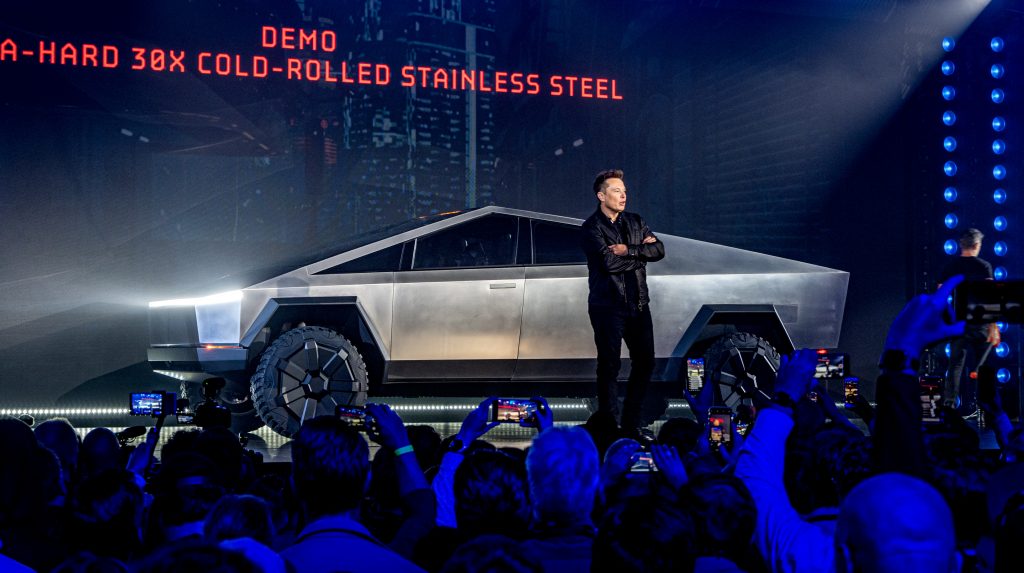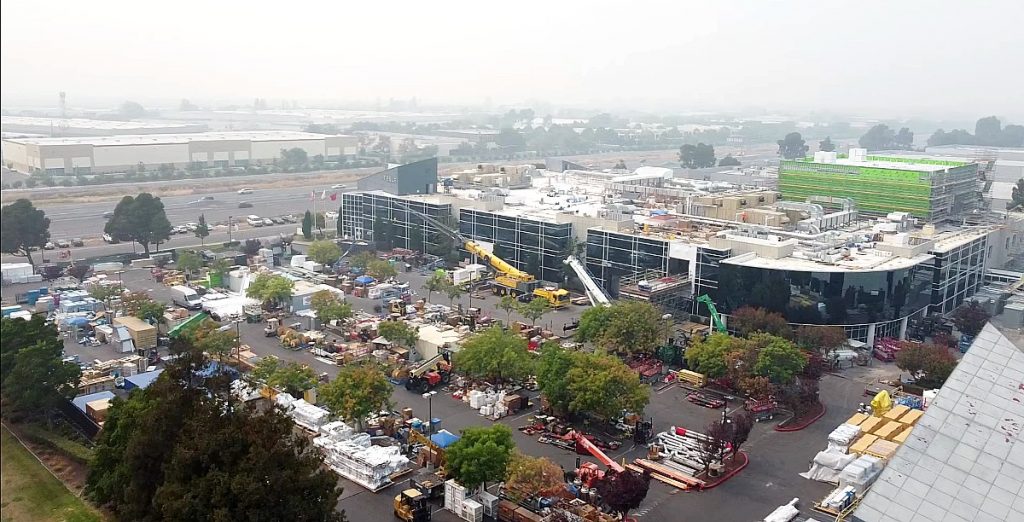

News
The ‘Elon Musk Method’ explains Tesla’s runaway success in the EV sector
Over his 16-year tenure at Tesla, Elon Musk went from knowing very little about the automotive business to being the CEO of the world’s most valuable carmaker by market cap. The journey towards Tesla’s current place in the electric vehicle sector, together with the numerous small milestones that the company has achieved over the years, is partly due to Musk’s style. Without the “Elon Musk Method,” Tesla’s successes would likely have been not as notable, and most certainly not as radical.
As noted in a Reuters article, Elon Musk’s record has shown that beyond the rockstar bravado that he displays on social media platforms like Twitter at times, the Tesla CEO is a quick learner who is smart and strategic enough to forge alliances with companies that had tech that Tesla lacked. Musk would then follow this up by hiring the smartest people available in the industry, before powering through boundaries that limited companies that are more risk-averse.
Under Musk’s leadership, Tesla flourished as a vertically-integrated electric car maker. From computers to car seats and now to battery cells, Musk is intent on making Tesla more and more independent. Speaking with the news agency, a former senior executive at Tesla noted that Musk is consistently set on pursuing improvements that would make something better, faster, and cheaper. “Elon doesn’t want any part of his business to be dependent on someone else. And for better or worse – sometimes better, sometimes worse – he thinks he can do it better, faster and cheaper,” the executive said.

According to people familiar with Tesla’s strategy in its early days, Musk has always been looking to learn more about the auto industry. He accomplishes this through several means such as strategic partnerships and aggressive talent recruitment. Back then, the goal of Tesla was reportedly to create a digital version of Ford’s iron-ore-to-Model-A production system, which was developed in the late 1920s. Former Tesla supply chain executive Tom Wessner noted that during these times, “Elon thought he could improve on everything the suppliers did – everything. He wanted to make everything.”
Among these components, of course, were the battery cells that are used for Tesla’s electric cars. Musk’s subordinates have reportedly argued against the idea of developing proprietary battery cells, but the CEO has been adamant about his goal. A former Tesla veteran who spoke to Reuters added that such a reaction from Musk is well within character. “Tell him ‘No’ and then he really wants to do it,” the veteran said. This is something that has happened in the past, as Musk was reportedly looking into battery cell manufacturing since 2011, well before going into a close partnership with Panasonic in 2013.

Tesla’s relationship with Panasonic could be described as a roller coaster ride. Tesla’s demands during the Model 3 ramp appeared to have strained the capabilities of its Japanese partner, and last year, reports emerged alleging that the two companies were growing apart. Yet even with the upcoming debut of Tesla’s Roadrunner cells, Panasonic maintains that it has a strong relationship with Tesla. “There has been no change in our relationship with Tesla. Our relationship, both past and present has been sound. Panasonic is not a supplier to Tesla; we are partners. There’s no doubt our partnership will continue to innovate and contribute to the betterment of society,” a Panasonic spokesperson stated.
It appears that Tesla’s long partnership with Panasonic is part of the building blocks of the Roadrunner project. True to form, Musk likely used the knowledge he learned from the veteran Japanese firm to help create an in-house battery cell production line that could be perfectly designed for Tesla’s electric vehicles and energy products. This, in a way, echoes much of Tesla’s development alliance with Daimler in the past. Daimler was an early investor in Tesla, and during the time, Musk reportedly became very interested in sensors that could help keep cars within lane lines. As noted by a senior Daimler engineer, the Tesla Model S lacked the necessary cameras and driver-assistance sensors to match the flagship features of the Mercedes-Benz S-Class then. Musk and the Tesla team then went to work, and the result was history.
“He learned about that and took it a step further. We asked our engineers to shoot for the moon. He went straight for Mars,” the Daimler executive said.

News
Tesla FSD fleet is nearing 7 billion total miles, including 2.5 billion city miles
As can be seen on Tesla’s official FSD webpage, vehicles equipped with the system have now navigated over 6.99 billion miles.

Tesla’s Full Self-Driving (Supervised) fleet is closing in on almost 7 billion total miles driven, as per data posted by the company on its official FSD webpage.
These figures hint at the massive scale of data fueling Tesla’s rapid FSD improvements, which have been quite notable as of late.
FSD mileage milestones
As can be seen on Tesla’s official FSD webpage, vehicles equipped with the system have now navigated over 6.99 billion miles. Tesla owner and avid FSD tester Whole Mars Catalog also shared a screenshot indicating that from the nearly 7 billion miles traveled by the FSD fleet, more than 2.5 billion miles were driven inside cities.
City miles are particularly valuable for complex urban scenarios like unprotected turns, pedestrian interactions, and traffic lights. This is also the difference-maker for FSD, as only complex solutions, such as Waymo’s self-driving taxis, operate similarly on inner-city streets. And even then, incidents such as the San Francisco blackouts have proven challenging for sensor-rich vehicles like Waymos.
Tesla’s data edge
Tesla has a number of advantages in the autonomous vehicle sector, one of which is the size of its fleet and the number of vehicles training FSD on real-world roads. Tesla’s nearly 7 billion FSD miles then allow the company to roll out updates that make its vehicles behave like they are being driven by experienced drivers, even if they are operating on their own.
So notable are Tesla’s improvements to FSD that NVIDIA Director of Robotics Jim Fan, after experiencing FSD v14, noted that the system is the first AI that passes what he described as a “Physical Turing Test.”
“Despite knowing exactly how robot learning works, I still find it magical watching the steering wheel turn by itself. First it feels surreal, next it becomes routine. Then, like the smartphone, taking it away actively hurts. This is how humanity gets rewired and glued to god-like technologies,” Fan wrote in a post on X.
News
Tesla starts showing how FSD will change lives in Europe
Local officials tested the system on narrow country roads and were impressed by FSD’s smooth, human-like driving, with some calling the service a game-changer for everyday life in areas that are far from urban centers.

Tesla has launched Europe’s first public shuttle service using Full Self-Driving (Supervised) in the rural Eifelkreis Bitburg-Prüm region of Germany, demonstrating how the technology can restore independence and mobility for people who struggle with limited transport options.
Local officials tested the system on narrow country roads and were impressed by FSD’s smooth, human-like driving, with some calling the service a game-changer for everyday life in areas that are far from urban centers.
Officials see real impact on rural residents
Arzfeld Mayor Johannes Kuhl and District Administrator Andreas Kruppert personally tested the Tesla shuttle service. This allowed them to see just how well FSD navigated winding lanes and rural roads confidently. Kruppert said, “Autonomous driving sounds like science fiction to many, but we simply see here that it works totally well in rural regions too.” Kuhl, for his part, also noted that FSD “feels like a very experienced driver.”
The pilot complements the area’s “Citizen Bus” program, which provides on-demand rides for elderly residents who can no longer drive themselves. Tesla Europe shared a video of a demonstration of the service, highlighting how FSD gives people their freedom back, even in places where public transport is not as prevalent.
What the Ministry for Economic Affairs and Transport says
Rhineland-Palatinate’s Minister Daniela Schmitt supported the project, praising the collaboration that made this “first of its kind in Europe” possible. As per the ministry, the rural rollout for the service shows FSD’s potential beyond major cities, and it delivers tangible benefits like grocery runs, doctor visits, and social connections for isolated residents.
“Reliable and flexible mobility is especially vital in rural areas. With the launch of a shuttle service using self-driving vehicles (FSD supervised) by Tesla in the Eifelkreis Bitburg-Prüm, an innovative pilot project is now getting underway that complements local community bus services. It is the first project of its kind in Europe.
“The result is a real gain for rural mobility: greater accessibility, more flexibility and tangible benefits for everyday life. A strong signal for innovation, cooperation and future-oriented mobility beyond urban centers,” the ministry wrote in a LinkedIn post.
News
Tesla China quietly posts Robotaxi-related job listing
Tesla China is currently seeking a Low Voltage Electrical Engineer to work on circuit board design for the company’s autonomous vehicles.

Tesla has posted a new job listing in Shanghai explicitly tied to its Robotaxi program, fueling speculation that the company is preparing to launch its dedicated autonomous ride-hailing service in China.
As noted in the listing, Tesla China is currently seeking a Low Voltage Electrical Engineer to work on circuit board design for the company’s autonomous vehicles.
Robotaxi-specific role
The listing, which was shared on social media platform X by industry watcher @tslaming, suggested that Tesla China is looking to fill the role urgently. The job listing itself specifically mentions that the person hired for the role will be working on the Low Voltage Hardware team, which would design the circuit boards that would serve as the nervous system of the Robotaxi.
Key tasks for the role, as indicated in the job listing, include collaboration with PCB layout, firmware, mechanical, program management, and validation teams, among other responsibilities. The role is based in Shanghai.
China Robotaxi launch
China represents a massive potential market for robotaxis, with its dense urban centers and supportive policies in select cities. Tesla has limited permission to roll out FSD in the country, though despite this, its vehicles have been hailed as among the best in the market when it comes to autonomous features. So far, at least, it appears that China supports Tesla’s FSD and Robotaxi rollout.
This was hinted at in November, when Tesla brought the Cybercab to the 8th China International Import Expo (CIIE) in Shanghai, marking the first time that the autonomous two-seater was brought to the Asia-Pacific region. The vehicle, despite not having a release date in China, received a significant amount of interest among the event’s attendees.








